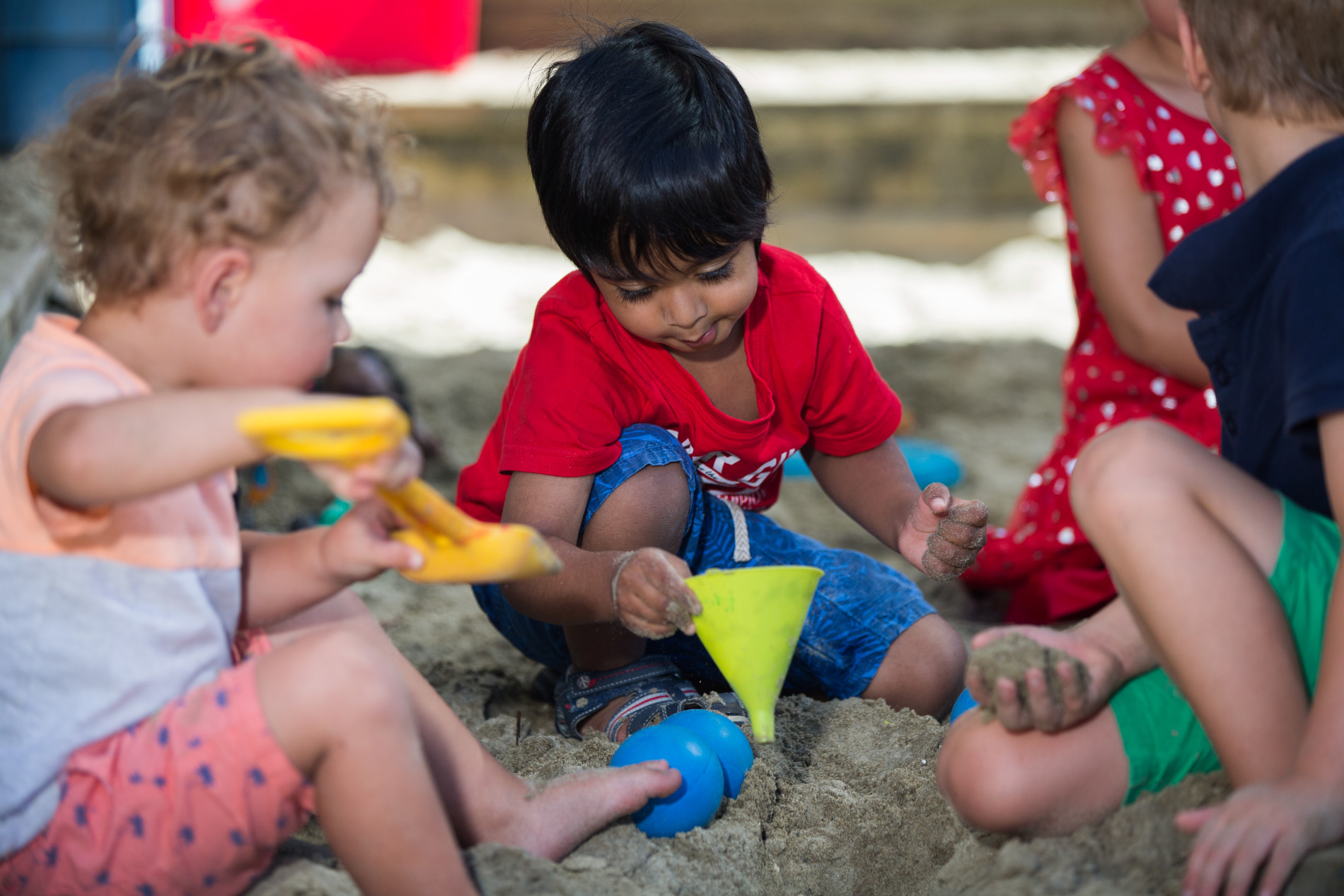Bites, stings and contact with an animal or plant: 1 - 2 years

How big a problem is it?
These are the third-leading cause of non-fatal injury among children 0-14. Around 5 children a week are admitted to hospital for these types of injuries. Injuries occur when a child is struck, bitten or otherwise injured by an animal such as a dog or insect. Or, when they are accidentally injured by plant thorn spines or leaves.
Who does it affect?
This age group is vulnerable to all sub-categories of injury, but contact with dogs is the largest single cause of injury. Children aged 1 – 9 years account for around 80 per cent of all dog-related hospital admissions. Stings are another risk factor for this age group of younger children, who are at greater risk of being bitten or stung by a nonvenomous insect than older children.
Māori had the highest rate of hospitalisation for these injuries between 2013-2017, with nearly seven times the rate of Asian children and three times the rate of European/other children. Pacific Island children had the second highest rate. Māori children are especially prone to being injured by a dog, with injury rates at around 35 per 100,000 (Note that these rates are for all children aged 0 -14 years).
The evidence for actions that prevent these injuries is not as strong as other types of injury. We have some tips for which the evidence is uncertain but we still do recommend you consider them a possible prevention for these types of injury.
Top Tips
Keep dogs away from babies and toddlers
Separate dogs from small children with a fence, cage or by tying them up
Supervise and restrain the dog when not separated from children of this age group
Have good conversations with families about the possible benefits of neutering male dogs and avoiding choosing unsafe breeds as pets
Educate everyone in the home about the potential risks
Educate children how to interact with unfamiliar and pet dogs (see "Other organisation's links' below)
First Aid
|
First aid treatment for jellyfish stings, insect and spider bites
Flush with water and gently remove any tentacles. Hot water is a good option but exercise caution as babies and infants are vulnerable to burns from hot water.
Tetanus
Your doctor will probably give your child antibiotics and a tetanus vaccination or booster. For more information about tetanus see the Safekids link below or contact the Immunisation Advisory Centre 0800 IMMUNE (466863). Their webpage about tetanus is here https://www.immune.org.nz/diseases/tetanus
Loss of Consciousness First Aid
Follow DRS ABCD to start CPR
D Dangers? Check for any dangers to yourself such as electricity or traffic.
R Responsive? Check responsiveness by calling loudly and shaking the child's arm.
S Send for help. Dial 111 and confirm an ambulance is on its way. Use the appropriate emergency number in other countries.
A Airway. Open the airway by moving the head into a neutral position and lifting the chin. Do not tilt the head back too far.
B Breathing. Look and feel for movement of the lower chest and stomach area. Listen and feel for air coming from the nose or mouth.
C CPR. If the child is not breathing, start CPR - 30 compressions to 2 breaths. Put the child on a firm surface. Place 2 fingers of one hand (for a baby) or the heel of one hand (for a child) in the centre of the chest just below the nipples. Push down hard and fast 30 times in about 15 seconds (push down one-third of chest depth). Once you have completed 30 compressions (pushes) on the chest, breathe into the baby's mouth 2 times. Seal your lips around the baby's mouth and nose. For a child over 1, you may need to breathe into their mouth and pinch their nose closed. Gently puff into the child until you see their chest rise. Continue with the cycle of 30 chest compressions and 2 breaths until the ambulance arrives.
D Defibrillator. Attach defibrillator as soon as it is available and follow prompts.
Links to Safekids’ resources
Child Dog Bite Hospitalisations in NZ
Links other organisations’ resources
Dept Internal Affairs Dog Safety Website
Waikato University Publication: Keeping Our Children Safe Around Dogs
